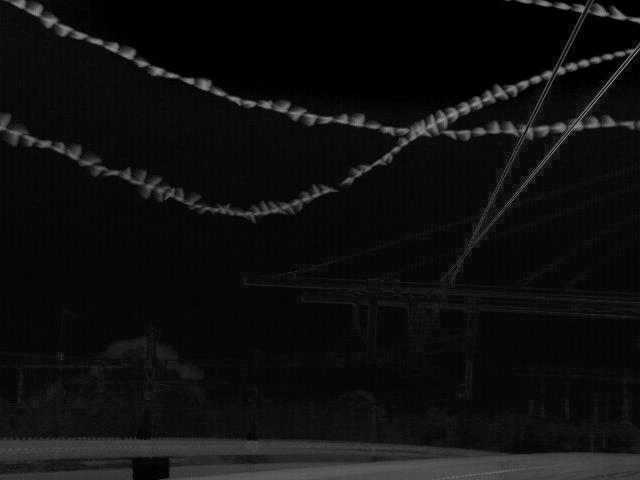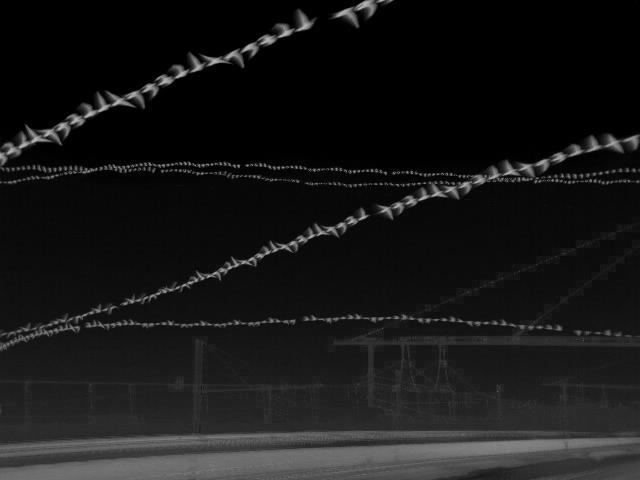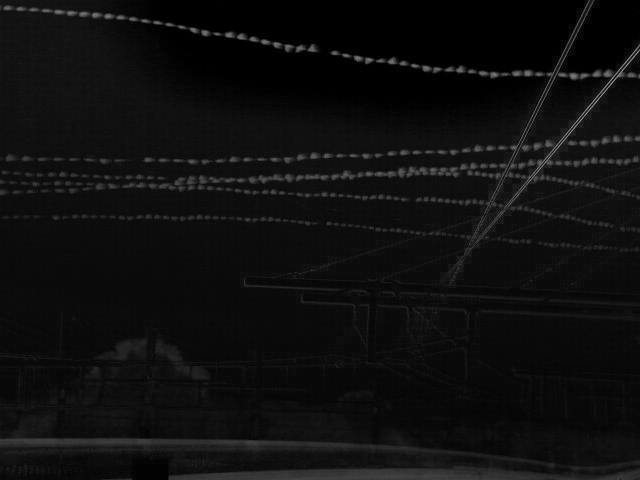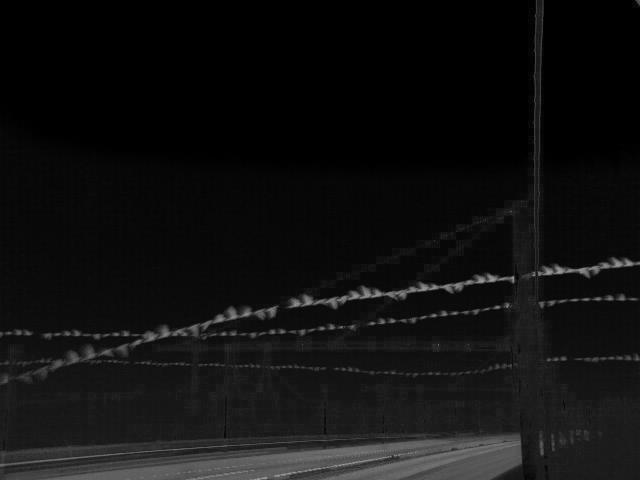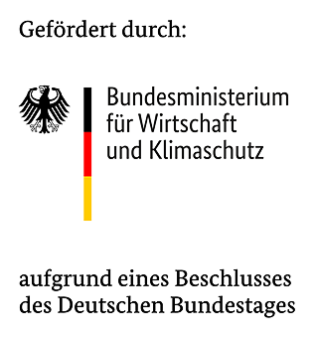Effects on the avifauna
Avitec Research GbR: Dipl.-Geogr. Reinhold Hill
The objective of the bird behavior study is to determine if the overhead power lines have a negative impact on the behavior of affected migratory birds or nesting behavior in the surrounding area.
Investigation focus
Migratory birds travel long distances across countries and oceans to reach their breeding and wintering grounds. In the process, some birds also cross the area of the overhead line test track or rest in the surrounding area. There are also numerous nesting sites along and around the highway. The objective of the bird behavior study is to record whether the overhead line could have a negative impact on avifauna.
The following key questions will be investigated within the framework of the sub-project:
- How often do birds fly over the overhead line at low altitude?
- Do birds collide with the overhead line or the poles?
- Is there a risk to birds resting on the overhead line from the electrical operation of the facility or from the pantographs of the O-trucks?
Results
Within the study period, two spring migration periods, two breeding periods, and two fall migration periods are considered. On two sections of the overhead line, a total of four thermal imaging cameras record the behavior of the birds. This allows all bird movements to be captured regardless of lighting conditions. So far in 2020, several thousand thermal images showing bird movements in the vicinity of the overhead lines have been recorded between April and November. Preliminary interim results from a subset of the data have so far shown no adverse effects on birds.
Below are some sample images of thermal images aggregated over one minute each.

